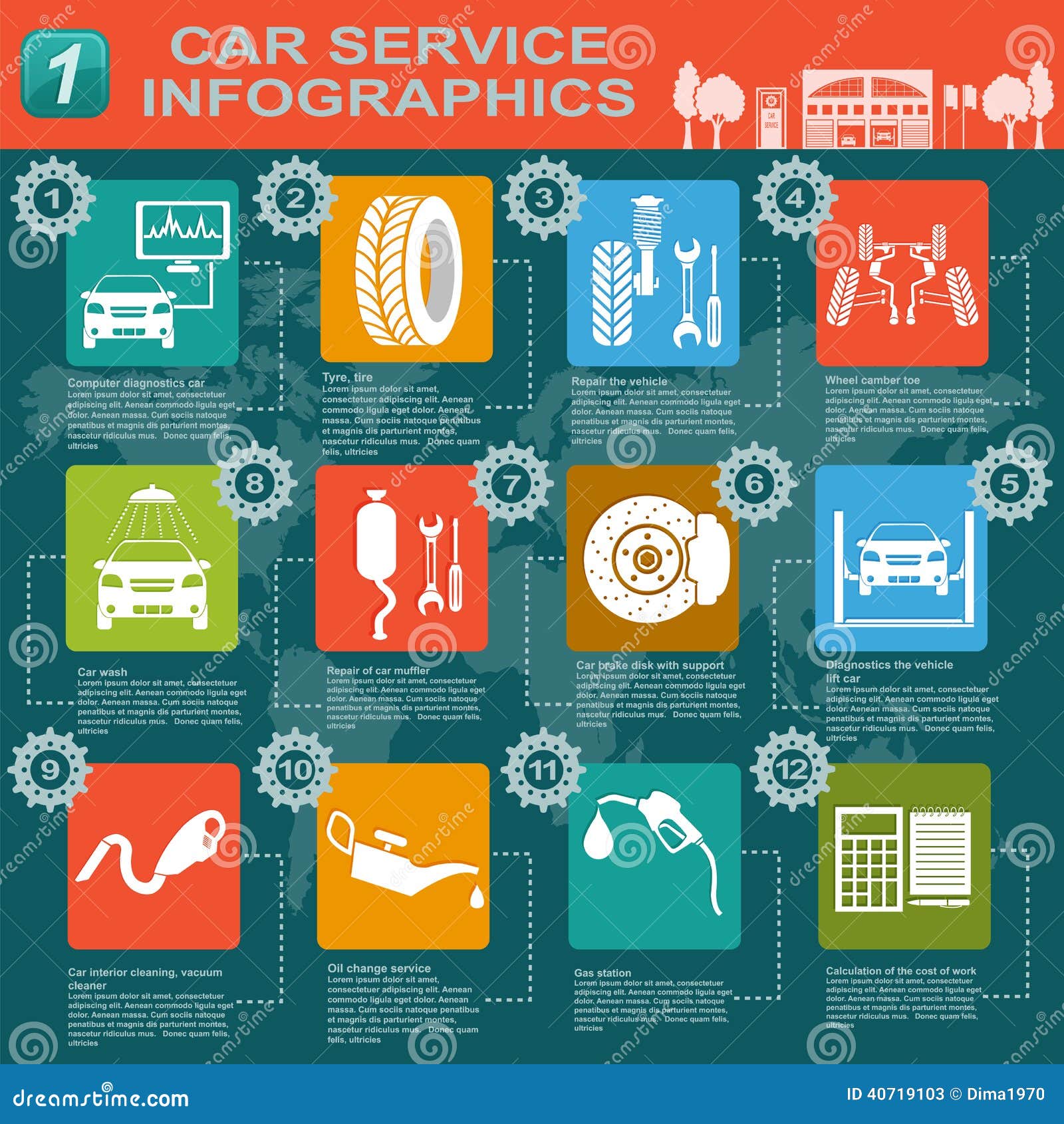Understanding Your Car'S Warning Lights: What Do They Really Mean?
Understanding Your Car'S Warning Lights: What Do They Really Mean?
Blog Article
Content Composed By-Samuelsen Stark
When you're behind the wheel, those glowing caution lights on your dashboard can be a little bit puzzling. Do you recognize what they're trying to inform you about your cars and truck's wellness? Understanding the importance of these lights is essential for your safety and security and the longevity of your vehicle. So, the following time among those lights appears, wouldn't you wish to decipher its message precisely and take the essential actions to resolve it?
Common Caution Lights and Interpretations
Determine usual warning lights in your cars and truck and understand their definitions to ensure risk-free driving.
One of the most typical caution lights consist of the check engine light, which signifies issues with the engine or emissions system. If this light comes on, it's critical to have your vehicle examined promptly.
The oil pressure alerting light indicates low oil pressure, calling for instant interest to prevent engine damage.
A flashing battery light may recommend a defective charging system, possibly leaving you stranded otherwise addressed.
The tire pressure surveillance system (TPMS) light informs you to low tire stress, affecting vehicle stability and fuel performance. Neglecting this can cause dangerous driving conditions.
The ABS light suggests a problem with the anti-lock braking system, compromising your capability to stop rapidly in emergency situations.
Lastly, the coolant temperature alerting light warns of engine getting too hot, which can result in severe damages otherwise fixed swiftly.
Understanding these typical warning lights will certainly aid you attend to problems promptly and maintain safe driving conditions.
Value of Prompt Attention
Understanding the usual warning lights in your car is just the very first step; the significance of promptly addressing these warnings can not be stressed enough to ensure your security when traveling.
When a caution light illuminates on your control panel, it's your car's means of interacting a potential problem that requires focus. Neglecting these warnings can bring about extra extreme problems down the road, endangering your safety and possibly costing you extra out of commission.
Trigger focus to alerting lights can protect against failures and mishaps. For instance, a blinking check engine light might indicate a misfire that, if left ignored, could trigger damages to the catalytic converter. Addressing this without delay can save you from a costly repair.
In Read Full Report , a brake system cautioning light might signal reduced brake liquid or worn brake pads, crucial elements for your safety and security when driving.
DIY Troubleshooting Tips
If you observe a caution light on your dashboard, there are a few DIY troubleshooting suggestions you can try before seeking expert assistance.
The primary step is to consult your automobile's manual to comprehend what the specific warning light suggests. Sometimes the concern can be as basic as a loose gas cap activating the check engine light. Tightening up the gas cap might resolve the trouble.
Another usual problem is a reduced battery, which can activate different warning lights. Examining the battery connections for deterioration and ensuring they're protected might take care of the issue.
If a warning light continues, you can attempt resetting it by separating the cars and truck's battery for a couple of minutes and afterwards reconnecting it. Furthermore, examining your lorry's fluid levels, such as oil, coolant, and brake liquid, can aid repair advising lights connected to these systems.
Final thought
To conclude, understanding your auto's caution lights is vital for keeping your vehicle running smoothly and securely. By without delay attending to these alerts and understanding what they indicate, you can stay clear of costly repairs and prospective malfunctions.
Remember to consult your cars and truck's guidebook for certain information on each cautioning light and take action as necessary to make certain a trouble-free driving experience.
Keep notified, remain risk-free when driving!
